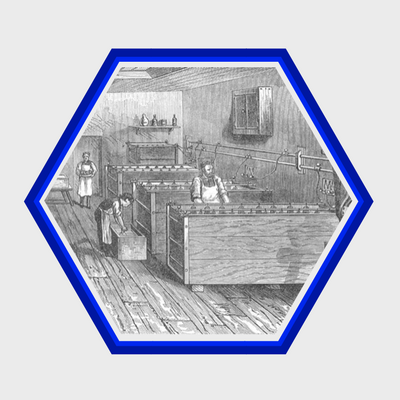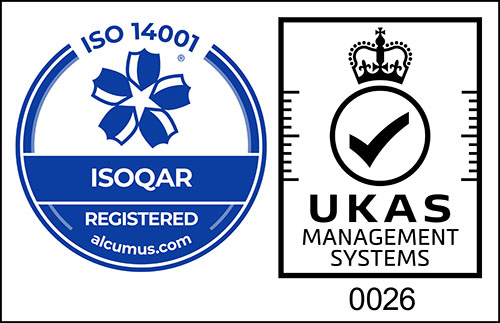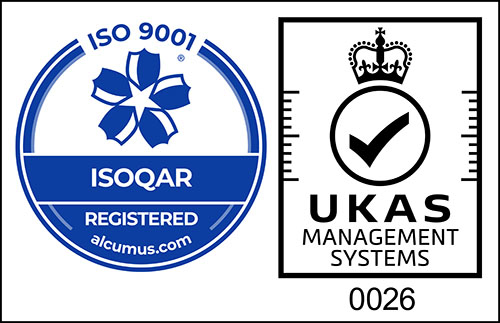A Brief History of Electro-Plating

.png)
.png)
Silchrome Plating has been providing metal finishing services for over 60 years and we wanted to look over the history and changes to the metal finishing industry.
Origins
The invention of electro-plating can be attributed to Italian Chemist Luigi V. Brugnatello back in 1805. He connected a wire between a metal object and solution of dissolved Gold, connecting the two using his friend’s invention the ‘Voltaic Pile’ which was essentially a battery. As the current flowed the Gold became attached to the surface of the metal. His invention was unfortunately ahead of its time and was rejected by both the French Academy of Sciences and Emperor Napoleon Bonaparte and it would be the best part of 40 years later that his discovery came into common usage.
Development
In the UK John Wright of Birmingham discovered that Gold and Silver could be dissolved in Potassium Cyanide and used in electroplating. In 1840, two of his associates filed the first UK patent for electroplating and soon Birmingham became a global industrial center for the process. One of the first adopters of this new technology was Elkington and Mason, who produced a wide range of silverware. For many years Electro-plating was largely used for aesthetic purposes to make expensive looking objects from inexpensive materials.
Wide Scale Use
Alongside its aesthetic uses, it soon became clear that electro-plating could help protect components to withstand the elements and extend their part life and so the process began to be used on a variety of Industries. One of the most widespread uses of Electro-plating that is seen in everyday life would be Chrome Bumpers on cars. These are in fact made of Steel and then electroplated with both Nickel and Chromium. Another common application we see in everyday life would be Tin Cans which are actually made of Steel and then Tin Plated. Formalised processes were brought into place so that different platers could successfully replicate the same results that may be specific to a customer or application and the industrial applications for electro-plating grew.
Modern Times
Today electro-plating continues to be used in all facets of modern life. In the last 40 years industry standards have significantly risen and the wide scale adaption of ISO quality procedures has meant that all aspects of the plating process are now tightly controlled. Alongside this, environmental concerns have been put front and centre with regulatory bodies overseeing the management and disposal of by-products of plating. Alongside electro-plating many other processes such as Anodising and Phosphating have been developed.
Silchrome Plating are a forward thinking metal finisher based in Leeds. We have adopted and embraced many technological changes to enable us to provide the highest quality of metal finishing possible. We are fully ISO 9001 and 14001 certified.




